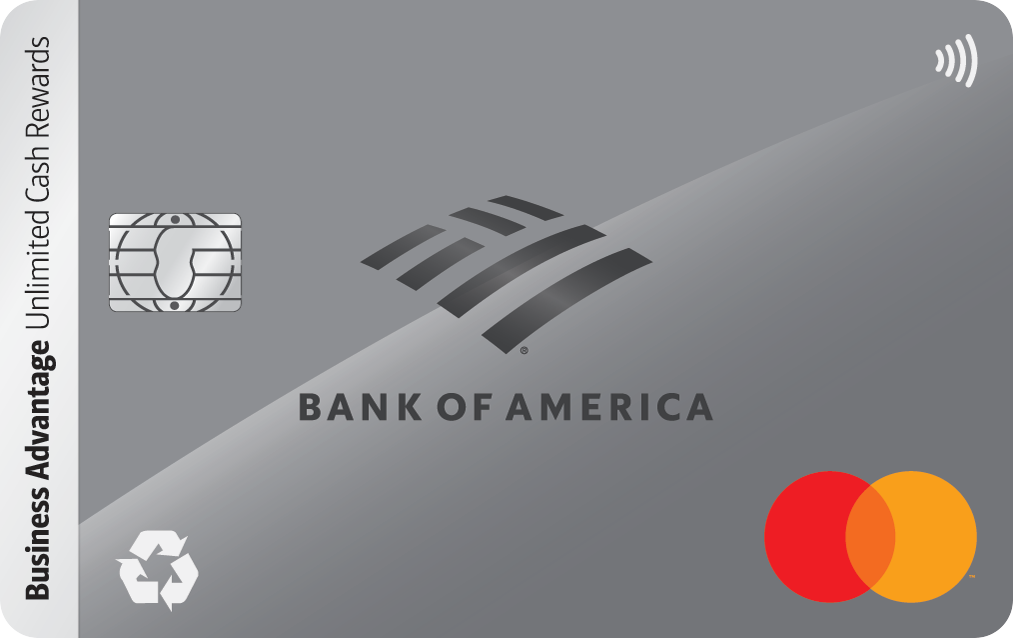Here's the Average American's Car Insurance Premium. Are You Overpaying?

On average, full coverage car insurance in the U.S. costs about $2,680 a year (that's $223 a month.) But for minimum coverage, that average drops to around $802 a year ($67 a month), according to Bankrate.
Keep in mind, those are just averages. Your premiums could be a lot lower (or higher) depending on where you live, what you drive, your driving history, and more.
So how do you know if you're overpaying? Here's what to know and how to check.
How do you compare to the national average?
I'll go first. My full coverage premium right now is $1,047 per year. I live in California, have an excellent credit score, drive a minivan (dad mode), and only drive about 6,000 miles a year.
I pay less than half the national average for car insurance. But it didn't happen by accident. I keep a clean driving record and credit profile, and I shop around rates pretty often.
And trust me -- shopping around once in a while really pays off. Here's a free tool to compare rates from the top insurance companies.
You could save hundreds, just by checking what's out there.
What affects your car insurance rate?
There's a long list of factors that impact your auto insurance premium. Some of them you can control, and others you can't.
Here are the big ones insurers look at:
- Your location: Rates vary dramatically by state and even ZIP code. Michigan drivers, for example, pay more than twice as much as people in Vermont.
- Driving record: Accidents, speeding tickets, or DUIs can spike your rate for years.
- Vehicle type: Minivans and sedans are typically cheaper to insure than sports cars or luxury vehicles.
- Credit score: In most states, a higher credit score means a lower insurance premium.
- Annual mileage: Less time on the road usually equals lower risk (and cheaper coverage).
- Coverage level: Full coverage costs more than minimum coverage, but it offers far better protection.
- Deductible amount: Choosing a higher deductible can lower your premium.
I know, that's a lot to keep track of. But understanding the dials you can turn gives you the best shot at lowering your rate.
It pays to shop around
Consumer Reports recently found that 30% of car owners switched insurers in the last five years, and the median savings for those who did was $461 per year.
Here's the thing, though: You can't just sit around and wait for a discount.
If you want a lower premium, you've got to ask for it. And the only way to save is by shopping around and getting new quotes.
Personally, I shop around at least once a year. More often than not, I confirm that I already have the best deal for me. And it makes me feel good knowing I'm not overpaying.
But then there are times when I save a bunch of money for the exact same policy!
Bottom line: Don't wait for your renewal date. Check out this free tool to compare rates from the top insurance companies. It only takes a few minutes, and you could save hundreds!
Our Research Expert


